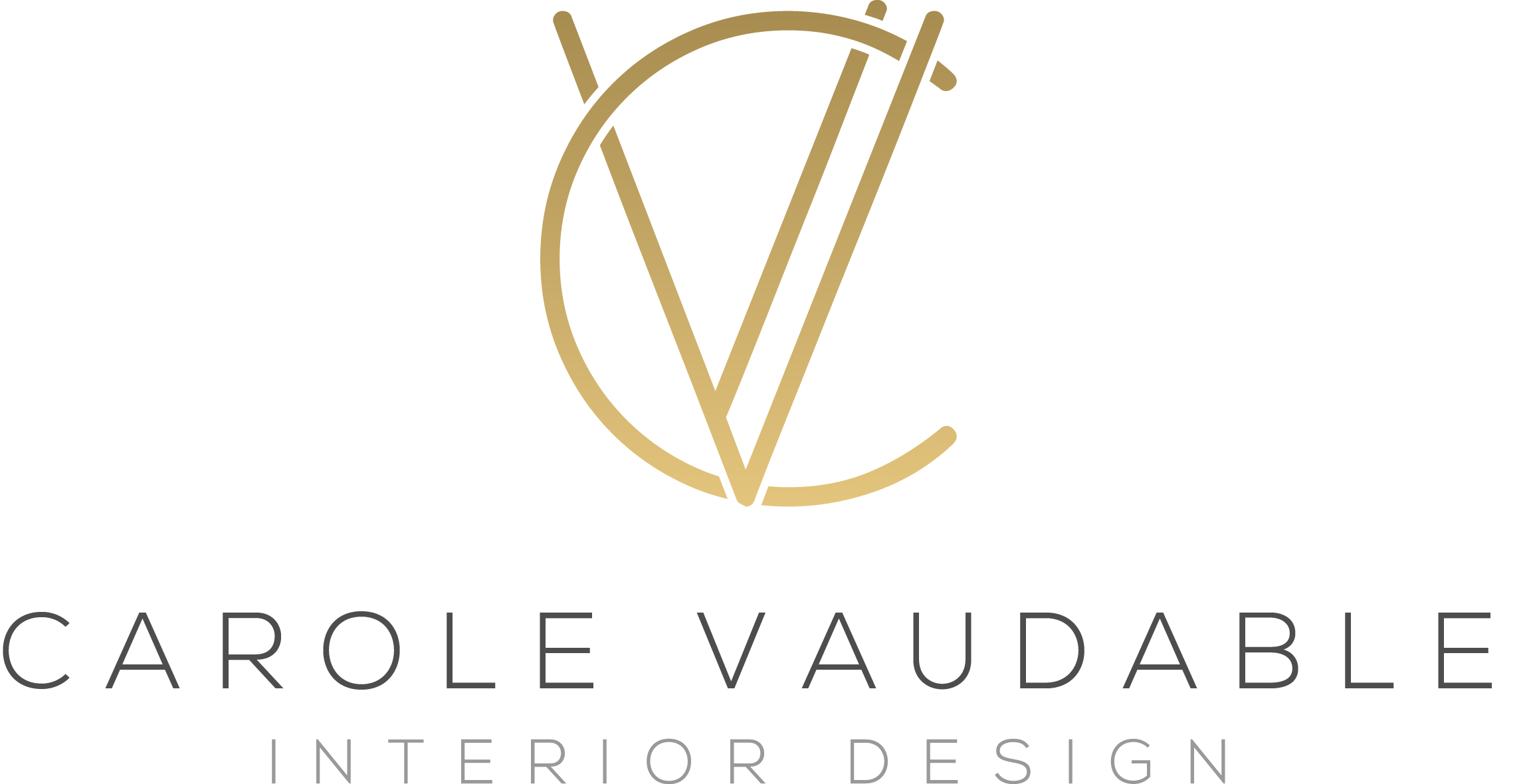Emotional Tension in Interior Design
In the world of interior design, our primary aim goes beyond aesthetics. It's about stirring emotions, stimulating curiosity, and kindling a sense of wonder. I had a chat last weekend with an Ivy League architecture professor who found that tension—the emotional response born from the interplay of contrast—is the key.
Similar to music, such as electronic music, there's an emotional buildup leading to the beat drop, a moment that strongly resonates with the listener. It's an exciting reminder that tension, in both design and music, is the secret to leaving a lasting impact.
Tension in interior design revolves around the dynamic play of opposites, a catalyst for grabbing the viewer's attention and sparking visceral reactions like intrigue, surprise, or contemplation. This emotional tug-of-war takes various forms:
Contrasting Shapes: For instance, combining sleek, contemporary furniture with ornate architectural details creates captivating tension. The clean lines of modern pieces against intricate curves and moldings maintain viewer engagement.
Material Mix: Materials provide a rich palette for generating breathtaking tension. Mixing rough textures like raw wood or concrete with soft ones like plush textiles or smooth surfaces adds depth and vibrancy to a room.
Color Combinations: Vibrant colors paired with understated neutrals demand attention and create a striking contrast, whether on accent walls, furnishings, or in bold artwork.
Pattern Play: Skillful mixes of solid and patterned elements introduce additional visual excitement to the design, be it in wallpapers, fabrics, or flooring.
Tension, arising as a personal reaction from the visual exchange of opposing pieces, serves as my guiding principle in crafting emotionally resonant spaces. It's the delicate balance between contrasting components that keeps viewers engaged, sometimes even challenged. Mastering the art of tension empowers me as an interior designer to transform a functional space into an evocative experience.
Written by Carole Vaudable, interior designer.
Bedroom in Miami, Florida, designed by Carole Vaudable

